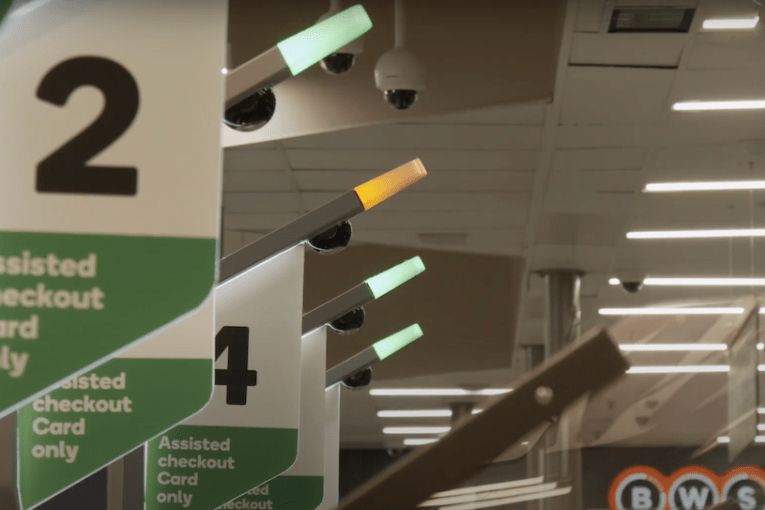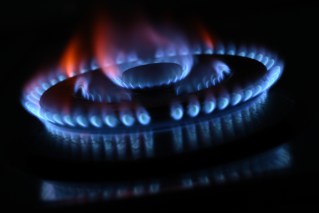Retail sales jumped 2.7 per cent in June as restrictions eased


Retail turnover increased 2.7 per cent as restrictions ease. Photo: Getty
Retail sales rose 2.7 per cent in June as COVID restrictions eased and government stimulus encouraged Australians to hit the shops.
But the monthly turnover bump came before Melbourne’s second lockdown, and masks the largest fall in quarterly retail volumes since the introduction of the GST in 2000.
The marginal rise also follows two months of turbulent trading – with the Australian Bureau of Statistics reporting its largest-ever fall in retail sales in April (17.7 per cent) and its largest rise in May (16.9 per cent).
Ben James, director of Quarterly Economy Wide Surveys at the ABS, said industries most affected by the virus had the largest jumps in June.
Turnover increased 27.7 per cent in cafes and restaurants and 20.5 per cent in clothing and footwear shops, following massive declines as the economy shut down in April.

Source: Australian Bureau of Statistics
Food retailing also enjoyed a minor turnover bump (0.9 per cent), thanks to a rise in sales in Victoria at the end of the month.
Department stores (-12.1 per cent) continued to struggle and household goods suffered a revenue fall of 3.2 per cent over the month.
As Australians were told to stay at home to minimise transmission of the virus, online sales continued to account for a higher-than-normal share of trade, though the data shows that many consumers have substituted online shopping for bricks-and-mortar shops as restrictions have eased.
Online sales accounted for 11.1 per cent of retail turnover in April, 10.1 per cent in May, and 9.7 per cent in June. But that is still higher than the 6.1 per cent recorded in June 2019.
Meanwhile, despite monthly rises in May and June, retail volumes fell 3.4 per cent in the three months to June 30 – the largest quarterly drop since the introduction of the GST in the September quarter 2000.
- Consumer spending holds up despite second wave in Victoria
- Low-income earners are propping up the economy during the recession
“The quarterly fall was driven by falls in cafes, restaurants and takeaway food services (-29.1 per cent), and clothing, footwear and personal accessory retailing (-22.0 per cent), which both saw very large falls in April,” Mr James said.
“There were also falls in food retailing (-1.6 per cent) following a March quarter rise, and Other retailing (-0.7 per cent).”
The ABS notes, however, that the falls were slightly offset by a rise in household goods retailing (14.6 per cent), with high consumer demand across furniture, electrical goods and hardware.
Department stores also rose (0.1 per cent) in seasonally adjusted volume terms.
And although the overall bump in sales was small beer compared to the record jump in April, Indeed APAC economist Callam Pickering said it was the largest monthly jump in turnover since December 2008, if you exclude the months affected by COVID-19.
“That’s a useful reminder that retail conditions remain far from normal, despite a sharp rebound in activity,” Mr Pickering said.
“Both JobKeeper and JobSeeker are contributing considerably to the retail bottom line. That will remain true until well into next year, following the federal government’s decision to extend support.”

Annual change in turnover in June. Source: ABS
Buried in the data, however, is evidence of Victoria’s relatively poor economic performance even before the second lockdown.
“Spending was down 6.2 per cent in the June quarter in Victoria, compared with a 2.4 per cent decline in New South Wales and a 0.5 per cent decline in Queensland,” Mr Pickering said.
The gap between Victoria and other states will widen considerably over the second half of this year, with retail activity highly restricted until at least September,” he warned.
The nationwide picture is more positive for the time being, though, with separate spending data from Commonwealth Bank showing consumer spending is currently tracking at pre-crisis levels.
But AMP Capital chief economist Shane Oliver warned that might not last.
“The shift to a stage 4 lockdown in Melbourne (which is 20 per cent of the national economy), a decline in consumer confidence since its June high, and pent-up demand largely having been spent in other states will likely result in a fall in retail sales this month, driven by Victoria,” Dr Oliver warned in a note to clients.








